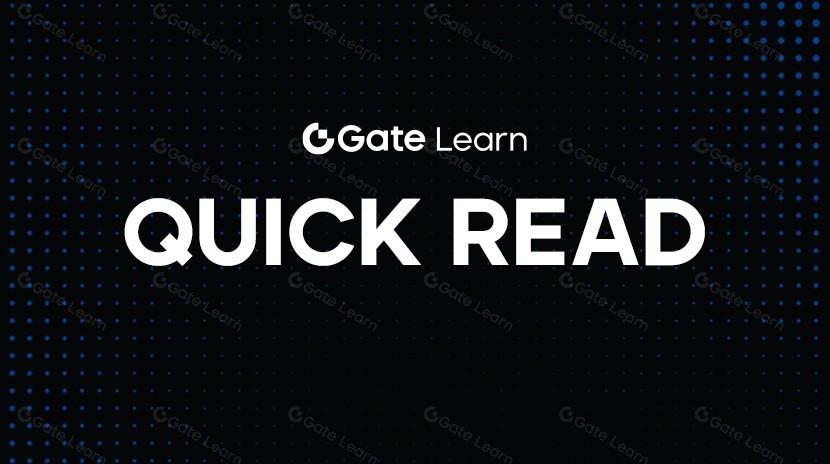HBAR: Powering a Trusted Future for Agentic AI and Decentralized Applications
Hedera: From Blockchain Alternative to the Foundational Protocol for Trusted AI
While most public blockchains are still working to address scalability and transaction fee challenges, Hedera (HBAR) has quietly evolved. It is no longer just a fast, low-cost transactional network. Today, Hedera serves as a purpose-built trust infrastructure designed for artificial intelligence (AI), autonomous agents, and digital identity systems.
At its core, Hedera utilizes Hashgraph—a non-blockchain architecture based on a directed acyclic graph (DAG) structure. This design enables thousands of transactions per second, achieves sub-second finality, and ensures fair transaction ordering. Compared to traditional blockchains, Hedera offers clear advantages in speed and efficiency. For AI applications, this performance is not only an upgrade; it fundamentally redefines the concept of trust in digital systems.
A New Consensus Model Powered by Hashgraph
Unlike mainstream blockchains that use Proof of Work (PoW) or Proof of Stake (PoS), Hashgraph employs virtual voting and a “gossip about gossip” protocol. This approach enables nodes to reach consensus quickly and securely, without the high energy consumption of traditional methods. Such efficiency is ideal for AI systems requiring real-time responsiveness. For example, automated trading agents, instant carbon emissions monitoring, and AI-driven KYC (Know Your Customer) risk management can all record and verify decisions on-chain within seconds. The HBAR token powers these processes and protects the network from malicious activity.
Hedera and AI: Deep Integration
Hedera’s true value lies in providing AI systems with a verifiable, auditable, and trusted record-keeping layer. This model, often referred to as “agentic AI”—where AI acts as an autonomous agent—has gained traction in finance, supply chain, and healthcare sectors. For example:
- ESG Data Monitoring Agents: These agents use satellite imagery and sensor data to record carbon emissions on-chain in real time. Hedera’s consensus layer ensures these records are immutable and tamper-proof.
- Financial Audit Agents: KYC/AML systems can automatically assess transaction risks, recording decision logic and processing steps on-chain for transparency and auditability.
- Supply Chain Provenance Verification: Intelligent agents verify and record each step in the supply chain—from raw material transport to final delivery—on Hedera, enabling complete transparency.
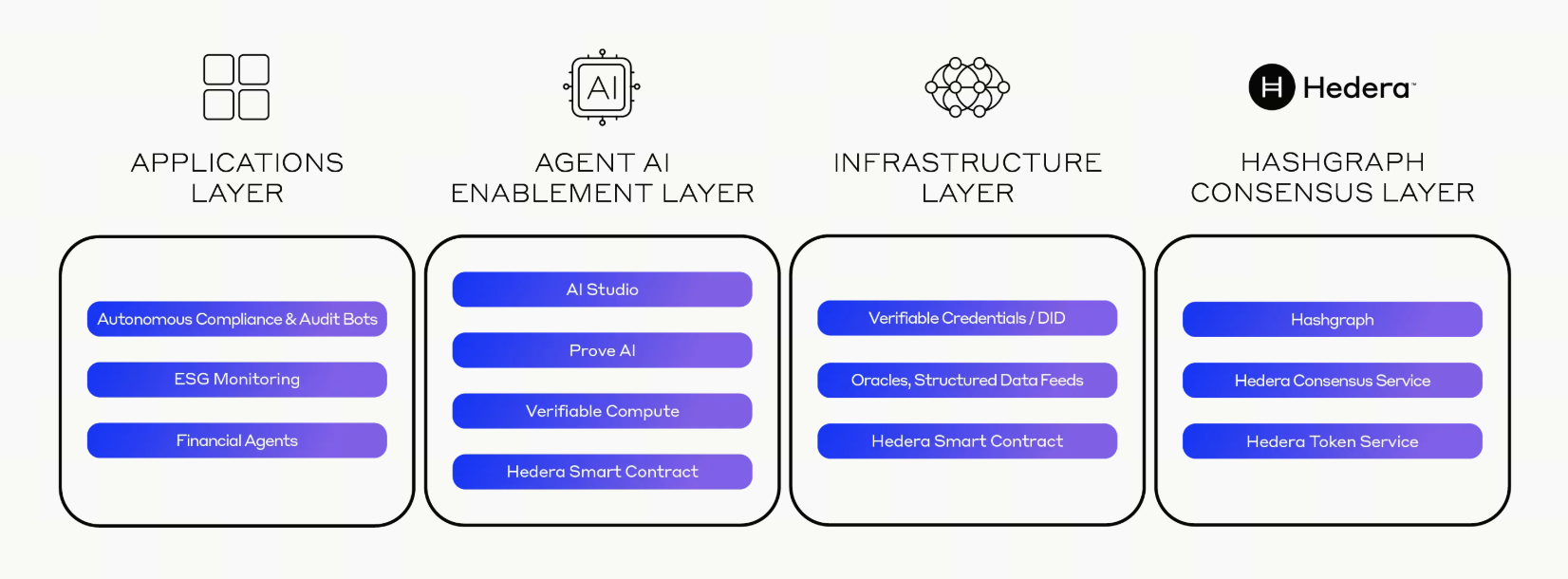
(Source: hedera.blog)
AI Trust Engine for Developers
Hedera is more than just a consensus platform. It offers a comprehensive suite of developer tools, empowering builders to create AI systems with built-in transparency and verifiability:
- AI Studio: A low-code, modular toolkit for rapidly building and deploying intelligent agents.
- ProveAI: An encryption and audit engine designed to record all AI actions on-chain, ensuring they are fully verifiable and resistant to tampering.
- DID and Verifiable Credential Framework: Provides cryptographic identities for agents and users, with fine-grained control over data and system permissions.
- Smart contract governance modules: Define each agent’s lifecycle, permissions, and interaction protocols.
Together, these tools form a complete stack covering data sourcing, identity verification, and behavioral governance. This enables autonomous intelligent systems to operate reliably and, more importantly, to earn user trust by design.
The Role of HBAR
HBAR is the native token of the Hedera network. In addition to facilitating transaction fees and node rewards, HBAR underpins the network’s micropayment and incentive models. In agentic AI scenarios, HBAR is used for:
- Instant micropayments: Such as per-second billing for cloud resources or API access.
- Tokenized credentials: Issuing on-chain proofs like carbon credits or energy certificates.
- Verification of actions and data flows: Using transaction histories to establish trusted, auditable records of interactions.
Through the Hedera Token Service (HTS), businesses and developers can issue custom tokens, enabling them to build application-specific digital economies.
HBAR_USDT: Your Gateway to the Future AI Economy
As Web3 and AI technologies converge, public blockchains with scalable consensus, traceable smart governance, and regulatory compliance are becoming increasingly important. The HBAR_USDT trading pair—where HBAR is traded against the USDT stablecoin—offers users an accessible entry point to the Hedera ecosystem. Whether you are looking to invest or to build applications, HBAR provides both technical robustness and practical utility.
Start trading HBAR spot now: https://www.gate.com/trade/HBAR_USDT
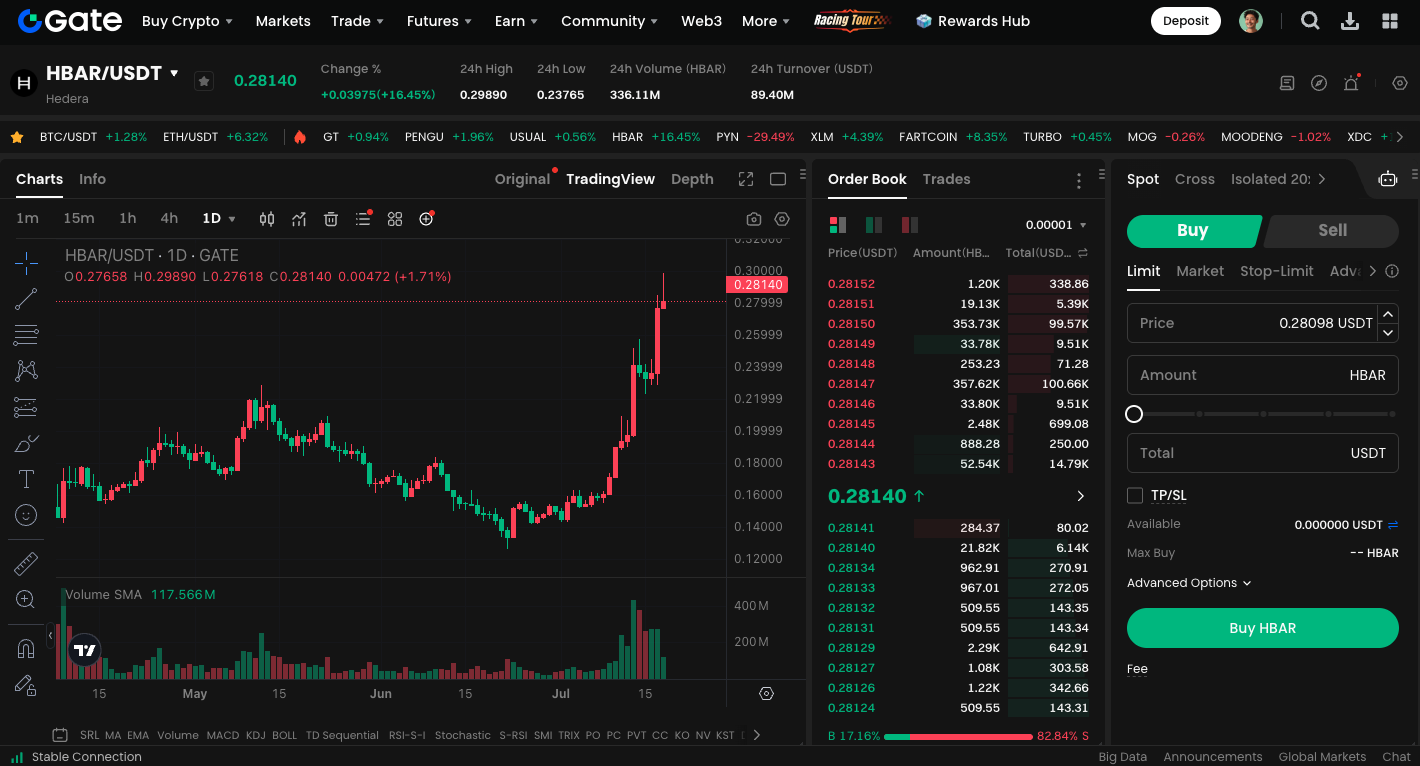
Conclusion
Hedera is not merely improving the speed or cost-efficiency of a single blockchain. It is establishing a foundation of trust for the next generation of data-driven and intelligent economies. As AI evolves from a decision-making tool to an autonomous system agent, the ability to verify, govern, and trust these agents will be the defining challenge for the future.
Related Articles
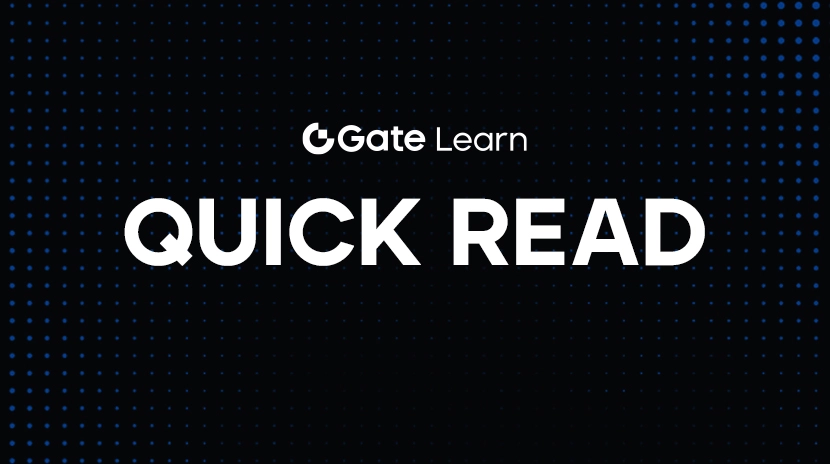
2025 BTC Price Prediction: BTC Trend Forecast Based on Technical and Macroeconomic Data
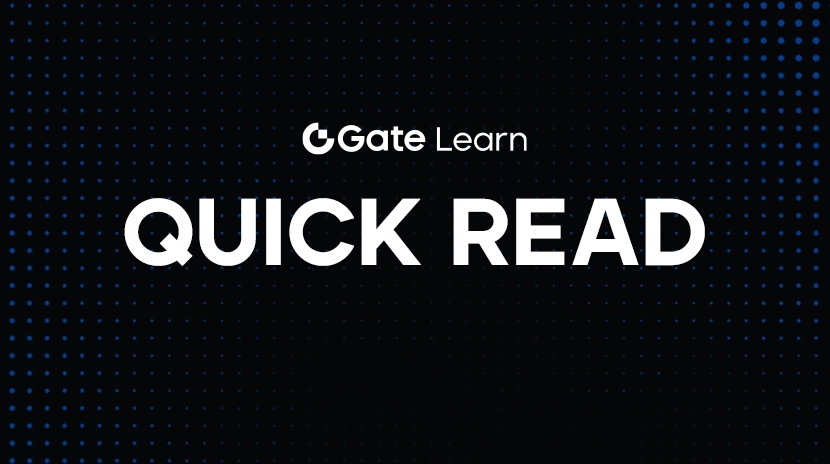
Flare Crypto Explained: What Is Flare Network and Why It Matters in 2025
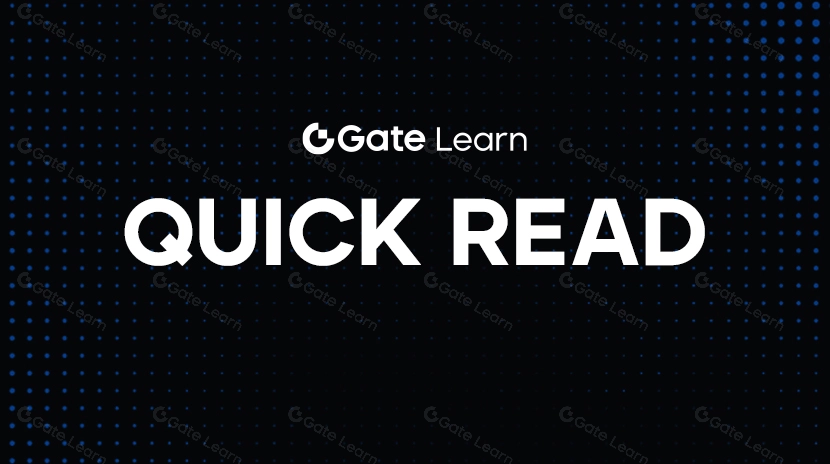
Pi Coin Transaction Guide: How to Transfer to Gate.com
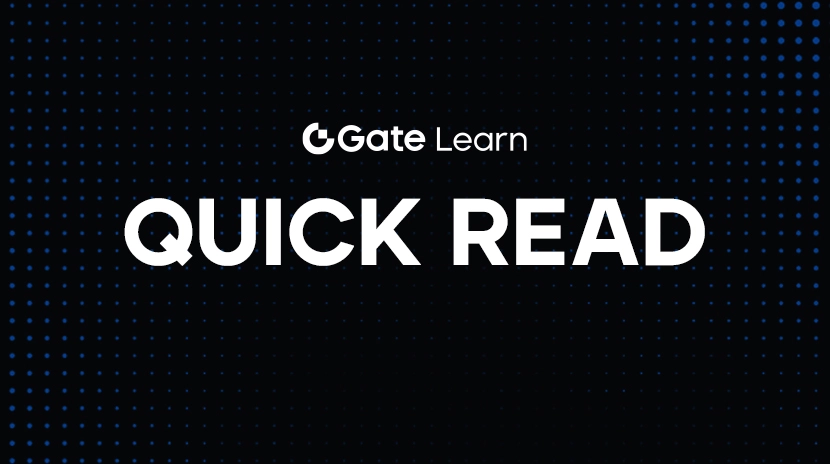
How to Use a Crypto Whale Tracker: Top Tool Recommendation for 2025 to Follow Whale Moves
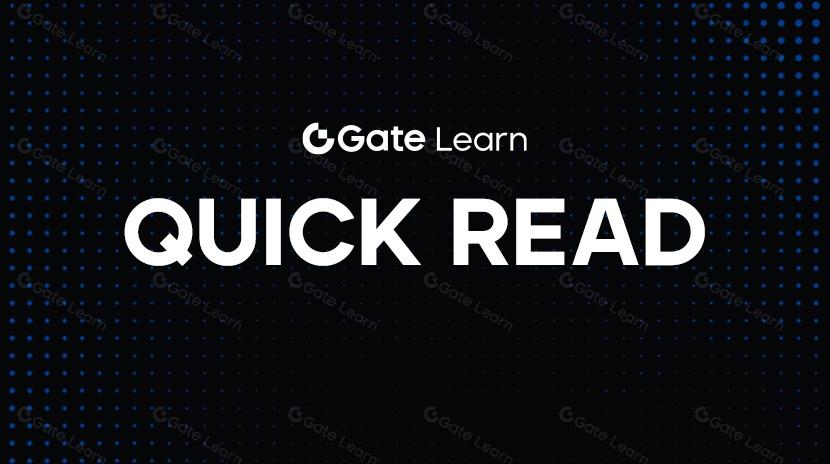
What is N2: An AI-Driven Layer 2 Solution
